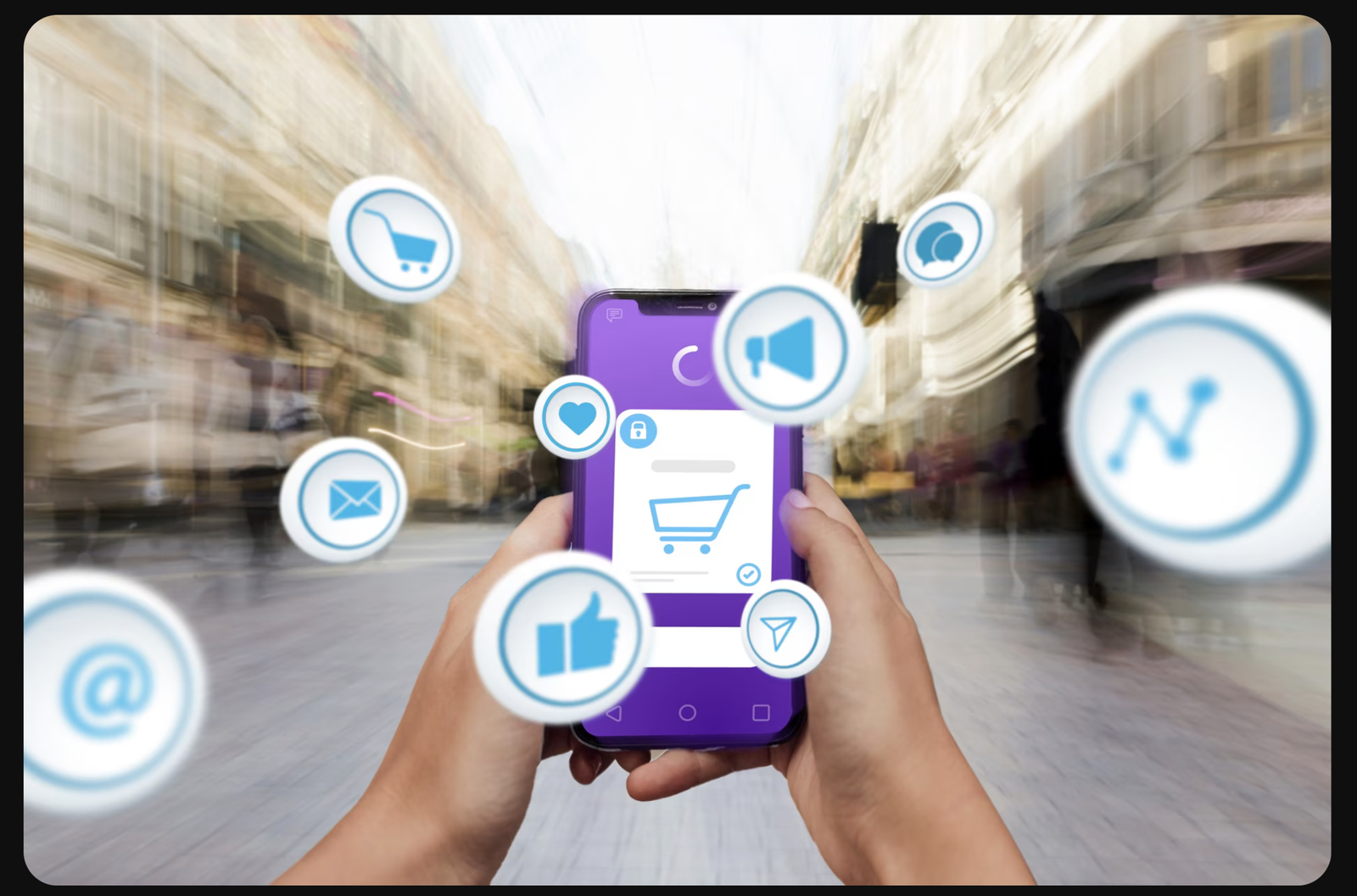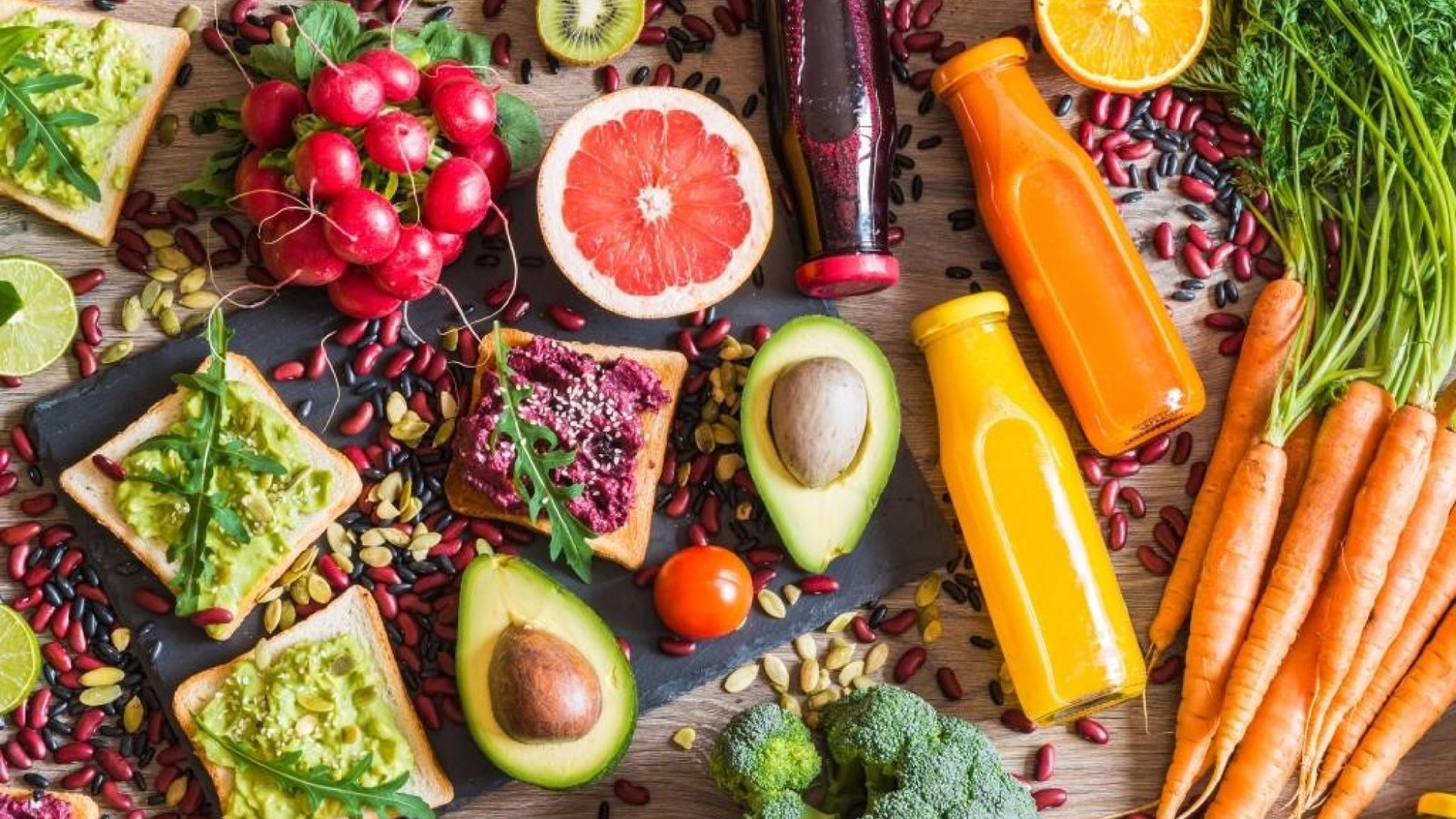
FMCG Supply Chain Digitalization: From Shelf to Consumer
In the fast-moving world of fast-moving consumer goods (yes, it’s a mouthful—hence FMCG), the phrase “supply chain” used to conjure images of trucks, warehouses, and someone with a clipboard who hadn’t smiled since the 1980s. But the rules of the game have changed. Today, the digital FMCG supply chain is less about clipboards and more about cloud dashboards, data-driven forecasts, and AI whispering sweet nothings into your warehouse’s ear. From factories to retail shelves, and from shelves to your door, FMCG has become a high-speed, hyperconnected orchestra of logistics, automation, and last-mile genius. And if you’re not playing the digital tune, you’re simply playing catch-up.
That’s where Blackwater comes in. As a market research powerhouse, Blackwater doesn’t just analyze trends; it deciphers them, contextualizes them, and packages them into insights that give businesses the competitive edge. Because while buzzwords like “automation in FMCG” or “logistics innovation” are floating around LinkedIn feeds, understanding how these actually reshape consumer behavior, costs, and efficiencies is what separates leaders from laggards.
Why the Digital FMCG Supply Chain is Having a Moment
Let’s rewind. FMCG has always been about speed. From shampoo sachets to snack packets, the industry thrives on volume and velocity. But the pandemic, consumer impatience (a.k.a. Amazon Prime conditioning), and the rise of data-rich technologies have flipped the script. The digital FMCG supply chain has gone from “nice-to-have efficiency upgrade” to “existential lifeline.”
Think of it this way: the FMCG sector moves billions of items across sprawling geographies every day. A missed forecast means a stock-out. A clunky warehouse means delays. A poor delivery means an unhappy tweet that can snowball into a PR disaster. By layering digital tools on top of traditional logistics networks, brands can monitor, predict, and act with near-surgical precision. In short: digitalization is no longer a backstage actor—it’s center stage, with a spotlight and a standing ovation.
Logistics Innovation: The New Backbone of FMCG
If the FMCG supply chain is a body, logistics is the spine. Without it, nothing stands. But logistics has undergone a transformation that would make even the most hardcore gym rat jealous. Logistics innovation in the FMCG world is all about visibility, agility, and sustainability.
For instance, real-time tracking doesn’t just soothe an anxious customer waiting for toothpaste; it allows brands to reroute trucks dynamically, reduce idle time, and save fuel. Predictive analytics can anticipate demand spikes—like soft drinks flying off the shelf during cricket season in India—so distributors aren’t left sweating. And green logistics practices, powered by digital optimization, mean FMCG brands can cut emissions without cutting profits.
This isn’t just operational hygiene—it’s a brand differentiator. Consumers today notice whether their favorite detergent shows up in recyclable packaging, whether deliveries are efficient, and whether the company behind it is making sustainability more than a hashtag. Blackwater’s research shows that the brands investing in logistics innovation today are the ones that will own consumer loyalty tomorrow.
Automation in FMCG: Robots, AI, and a Dash of Magic
Automation has always had a flair for drama. Robots in factories, AI-driven demand forecasts, smart warehouses that look like they belong in sci-fi films—it’s the stuff that makes headlines. But in the automation in FMCG story, the real magic lies in scale and subtlety.
Picture a warehouse where automated guided vehicles (AGVs) zip around with more choreography than a Bollywood dance number. Or AI systems that adjust production schedules in real time because weather data indicates higher demand for instant coffee. Even something as mundane as invoice processing can be transformed by robotic process automation (RPA), reducing errors and freeing humans to do higher-value work.
The benefit? Faster turnaround, lower costs, and fewer mistakes. But there’s another layer. Automation also enables hyper-personalization. Imagine a snack company running micro-batches of a trending flavor, responding to social media chatter in days rather than months. That’s not just operational efficiency—that’s cultural agility.
And once again, Blackwater steps in with the data. How fast should you automate? Which parts of your FMCG operations deliver the highest ROI from automation? These aren’t guesses; they’re decisions best made with market intelligence.
Last-Mile Delivery: The FMCG Make-or-Break
Let’s be honest: consumers rarely care how efficient your supply chain is until the final mile. That’s why last-mile delivery is FMCG’s Achilles’ heel—and its golden opportunity.
The “shelf-to-consumer” journey has never been shorter in concept, but more complex in execution. Whether it’s a neighborhood kirana in Ahmedabad offering same-day soda delivery, or a D2C FMCG brand promising 10-minute groceries in Mumbai, the last mile has become a war zone of speed, convenience, and innovation.
Digital platforms have stepped in to tame this chaos. Route optimization tools, delivery drones in pilot stages, gig-economy fleets, and even AI that predicts when you’ll need another packet of chips before you do—this is the frontier of FMCG competition. Get it right, and you win hearts (and repeat orders). Get it wrong, and your brand becomes synonymous with “delayed again.”
Blackwater’s insights into last-mile delivery trends help FMCG players align strategies with consumer expectations, while also staying alert to regulatory and infrastructural realities. After all, it’s not enough to promise a drone drop-off if local airspace rules won’t allow it.
The Consumer in the Digital FMCG Supply Chain
All of this—logistics, automation, last-mile wizardry—exists for one reason: the consumer. The digital FMCG supply chain doesn’t just move goods; it moves data about consumers, preferences, and behaviors. Each barcode scanned, each online order placed, each loyalty app used—these are gold mines of information.
By analyzing this data, FMCG brands can tailor promotions, design more relevant products, and anticipate needs before they’re expressed. Imagine toothpaste that lands on your doorstep the week you’re about to run out—not because you remembered, but because your supply chain remembered for you. That’s the kind of predictive personalization consumers are quietly starting to expect.
This convergence of data and delivery blurs the line between supply chain and marketing. The more a brand understands its consumer journey, the better it can design its digital FMCG supply chain to enhance it. Blackwater’s market research plays matchmaker here, helping companies bridge the gap between operational efficiency and consumer delight.
Challenges: Because Even Digital Isn’t Perfect
Let’s not sugarcoat it—digitalization comes with headaches. Data silos can undermine the promise of visibility. Cybersecurity threats lurk in connected systems. High upfront investments in automation don’t always yield instant results. And the cultural shift—from “this is how we’ve always done it” to “this is how algorithms say we should do it”—isn’t easy in large FMCG organizations.
Moreover, the infrastructure gap between urban and rural areas means last-mile innovations sometimes stumble outside metros. A route optimized for Delhi traffic may look like wizardry in theory but fall flat in smaller towns with patchy road networks.
But here’s the flip side: these challenges are exactly where competitive advantages are forged. Companies that address them intelligently—backed by logistics innovation, automation in FMCG, and consumer-centric strategies—come out stronger. And with Blackwater’s research insights, businesses can anticipate risks rather than firefight them.
The Future of the Digital FMCG Supply Chain
What does the next decade hold? Three words: seamless, sustainable, smart.
Seamless means every node in the supply chain—from manufacturer to distributor to retailer to consumer—will be connected in real time, minimizing friction. Sustainable means eco-friendly practices won’t be bolted on; they’ll be baked in, from electric delivery fleets to circular packaging models. Smart means AI and machine learning will be embedded at every level, turning today’s “innovation” into tomorrow’s baseline expectation.
The digital FMCG supply chain won’t just be about moving products efficiently; it will be about co-creating value with consumers. Expect to see more direct-to-consumer experiments, more subscription models, more predictive restocking, and more transparency about where your products come from.
And guiding companies through this transition? That’s Blackwater’s sweet spot. With a pulse on global and regional trends, the company helps FMCG brands not just keep up, but leap ahead. Because in a world where supply chain is brand, market intelligence isn’t optional—it’s oxygen.
Conclusion: From Shelf to Consumer, and Beyond
The FMCG industry has always been fast. But now it’s fast, digital, data-driven, and consumer-obsessed. From automation in FMCG to last-mile delivery, from logistics innovation to predictive personalization, the supply chain has become the ultimate stage where brand promises are either fulfilled or broken.
The digital FMCG supply chain is no longer an operational upgrade—it’s the lifeline that connects products to people, and companies to consumers’ trust. The brands that embrace it don’t just deliver goods; they deliver experiences, convenience, and loyalty.
Blackwater’s role in this story is simple yet profound: to help businesses make sense of the chaos, spot the opportunities, and chart strategies backed by rigorous market research. Because in an industry where speed is currency, insight is the ultimate multiplier.
So, whether you’re a legacy FMCG giant or a new-age disruptor, the message is clear: digitize your supply chain, or risk being left on the shelf.



